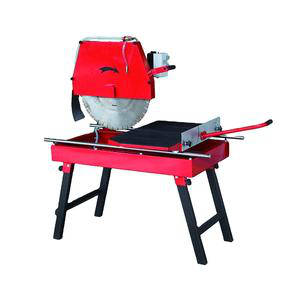The Releated Products of Thin Veneer Saw
Thin Veneer Saw
Table of Contents
Thin Veneer Saw: Precision in Stone Cutting
In the realm of construction and masonry, precision and efficiency are paramount. One tool that has revolutionized the way stone is cut and installed is the thin veneer saw. This specialized equipment offers unparalleled accuracy and speed, making it indispensable for professionals working with natural stones and other building materials. Here’s a closer look at how this innovative technology works and its benefits.
Thin Veneer Saw Technology: Advancements in Cutting

The core of a thin veneer saw lies in its blade design. Unlike traditional masonry saws, these saws use ultra-thin diamond blades that are specifically engineered to cut through stone with minimal material loss. This not only reduces waste but also speeds up the cutting process significantly. Additionally, advancements in motor technology have allowed these saws to operate more quietly while maintaining high cutting speeds, enhancing workplace safety and comfort.
Applications of Thin Veneer Saws in Construction
From creating intricate designs on facades to producing uniform pieces for large-scale projects, thin veneer saws have found applications across various sectors of construction. They are particularly useful when working with delicate or expensive stones where precision is critical. By allowing for thinner cuts, they enable architects and builders to explore new possibilities in design without compromising structural integrity.
Benefits of Using a Thin Veneer Saw

One of the primary advantages of using a thin veneer saw is cost-effectiveness. Since less material is removed during the cutting process, there is less waste, which translates into savings for both suppliers and consumers. Furthermore, the reduced thickness of the cut means that more stone can be harvested from each block, increasing yield rates. This makes the tool especially attractive for projects requiring large quantities of stone veneers.
Maintenance and Care for Your Thin Veneer Saw

To ensure optimal performance and longevity, proper maintenance is essential. Regular cleaning of the blade and removal of any debris are crucial steps. Lubricating moving parts and checking for wear periodically will help prevent breakdowns and maintain the saw’s efficiency. It’s also important to follow manufacturer guidelines regarding blade replacement and overall usage to avoid compromising the quality of cuts.

Environmental Impact of Thin Veneer Saws
Given the growing emphasis on sustainability within the construction industry, the environmental benefits offered by thin veneer saws cannot be overlooked. By minimizing material waste and reducing energy consumption through their efficient operation, these tools contribute positively towards sustainable building practices. Moreover, the ability to work with thinner stone sections means less quarrying activity, which further decreases the environmental footprint associated with stone-based constructions.
Future Prospects of Thin Veneer Saw Technology
As technology continues to evolve, so too does the potential for innovation in thin veneer saws. Current research is focused on developing even thinner yet stronger diamond blades capable of cutting through harder materials with ease. Integration with smart systems for automatic adjustments based on material hardness could also enhance user experience and precision. With ongoing improvements, we can expect these tools to become even more versatile and indispensable in the years ahead.
By embracing the capabilities of modern thin veneer saws, professionals in the construction sector can achieve remarkable results in terms of both aesthetics and functionality. Whether you’re a seasoned mason or just starting out, investing in this technology is sure to elevate your projects to new heights.
Request for Quotation
报错: 未找到这个表单





